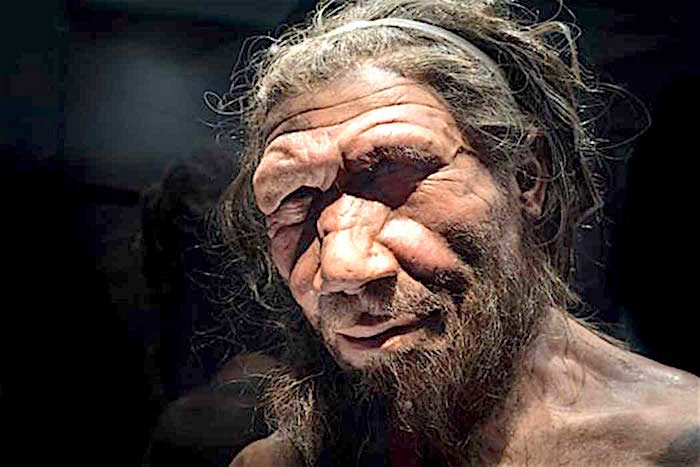OF THE
TIMES
Today as never before we need to comprehend the course, logic, and path of the process of history. Every day we need to make decisions that will affect future generations. It has become obvious that no single nation, confession, social class or even civilization can solve these problems on its own. We increasingly have to listen to one another: Europe and Asia, Christians and Muslims, White and Black peoples, citizens of modern democratic states and places where traditional society survives. The key is to understand one another correctly, avoid hasty conclusions, and acquire the true spirit of tolerance and respect toward those with different value systems, habits, and norms.
Yousaf, born to Pakistani immigrants in Glasgow, How many white people are immigrating to your former country Yousniff?
I think Biden died a while ago and Trump seems to still be in his meat suit, so he'll be appointed as CEO of the corporate USA. I'm sure they will...
i betcha these damn aliens been eating human hormones - eff em. Eff em to holy hell... to high heaven for eating human hormones they got no...
"Under my leadership, Israel will never accept any attempt by the ICC to undermine its inherent right of self-defense," he added. "The threat to...
This sounds like it could happen, sadly. Imagine what a difference it would make if the MSM would tell the truth.
To submit an article for publication, see our Submission Guidelines
Reader comments do not necessarily reflect the views of the volunteers, editors, and directors of SOTT.net or the Quantum Future Group.
Some icons on this site were created by: Afterglow, Aha-Soft, AntialiasFactory, artdesigner.lv, Artura, DailyOverview, Everaldo, GraphicsFuel, IconFactory, Iconka, IconShock, Icons-Land, i-love-icons, KDE-look.org, Klukeart, mugenb16, Map Icons Collection, PetshopBoxStudio, VisualPharm, wbeiruti, WebIconset
Powered by PikaJS 🐁 and In·Site
Original content © 2002-2024 by Sott.net/Signs of the Times. See: FAIR USE NOTICE

Reader Comments
to our Newsletter